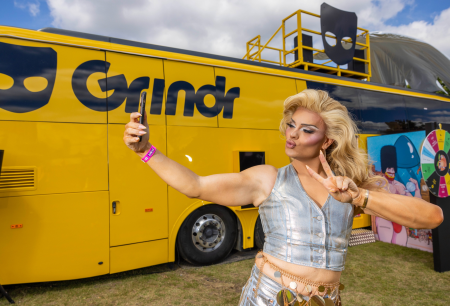A new study by personalised uniform, workwear and PPE suppliers, MyWorkwear, has revealed the least inclusive industries for women, with the electrical, plumbing, agricultural, and utilities industries creating the most barriers1.
As a branded workwear provider who regularly collaborates with businesses across multiple industries, and actively discusses the need for women’s workwear options, their study looked to highlight further gender inequalities within the world of work.
The study* not only looks at accommodated workwear options for women, but also other factors, such as the gender pay gap, enhanced maternity pay options and menopause leave to decipher the ranking.
The least inclusive industries for women include:
1. Plumbing
2. Electrical
3. Agriculture and farming
4. Utilities and energy
5. Sports and leisure
6. Transportation and logistics
7. Construction
8. Environmental services and green energy
9. Waste management and recycling
10. Emergency and security services
Flexible workwear.
Most industries studied provide very few female workwear options apart from some such as cleaning and beauty. These cover the likes of work t shirts, work polos and work body warmers.
Gayle Parker, Commercial Director at MyWorkwear comments:
“We actively speak to our customers and prospects across multiple industries to understand the concerns with female workwear and often, similar feedback is raised each time.
“Feedback often includes buttons gaping on the chest on work polos, either too tight of a fit or too loose, and we sometimes hear that buyers can mistake unisex for women’s fit or simply order a smaller size in a men’s fit. All of these design issues can impact how a woman feels in the workplace and their overall efficiency.
“Female workwear is regularly spoken about at industry events, which have led to improvements from some of our suppliers, but there is still a long way to go. Having spoken to women within male-dominated industries, such as construction and security, some aren’t even aware that female workwear options exist.
“To improve, workwear suppliers and industry leaders must work together and continue to speak to women within these sectors on how they can best be accommodated. From our perspective, we provide in-depth knowledge on women’s fit options when required, such as providing samples and advising where logos will sit on the garment, in addition to providing size guides.”, she concludes.
Gabriella Overton, Business Development Manager at Western Global, tells MyWorkwear of how female workwear is ill-fitting and may even be sexualising women in the workplace.
“Workwear, including uniforms, often seems to be designed with a male-centric approach, making it unsuitable for female anatomy. For instance, even work blouses, polos, and gilets designed for women tend to be very tight, slimline and targeted to a more petite hourglass frame, which does not accommodate the diverse body types of most women and can make you feel very vulnerable in a workplace setting or trade event.
I would even go as far as to say that I feel these types of workwear for women potentially sexualise us in the workplace – totally unnecessarily in my opinion!”
Beth Botterill, Marketing Manager at DMA Group adds that women should be more involved the development on uniforms, explaining, “To create a more inclusive workwear industry, I think it’s essential to involve women directly in the design process, tailoring uniforms to different body shapes and needs, and offering a wider range of sizes with adjustable features for better comfort.”
Gender Pay Gap.
The study found that the average gender pay gap among the industries studied was 20%, with both the electrician and plumbing professions showing a concerning gender pay gap at 43%. When compared to other professions, such as those within the medical profession, this was a drastic difference. Nurses, for example, see a gender pay gap of 4.3%.
Maternity Pay.
Whilst female workers are entitled to statutory maternity pay, many claim this is an ‘unlivable’ income, with a shocking 9% of women taking no maternity leave whatsoever due to how little they receive2. Just over half of the industries studied by MyWorkwear had some form of enhanced maternity pay in place, such as education and medical. However, beauty, hospitality, engineering, and food and beverage industries were among those that fell short to further support pregnant women.
Menopause leave.
Menopause leave is a relatively new workplace adaptation for women that has been recognised by the government as of late. Despite being a recently recognised initiative, half of the industries studied showed to have at least some form of menopause policy and support in place. However, just 12% of these industries gave menopause leave, including corporate, retail and food and beverage industries.
According to industry experts, these blockers for women in many industries must adapt and improve to attract and retain female talent, not only to be more inclusive, but to further close the skills shortage gap.
For more information on the gender workwear gap and how the industry can take action, visit: https://www.myworkwear.co.uk/company/the-gender-workwear-gap/









